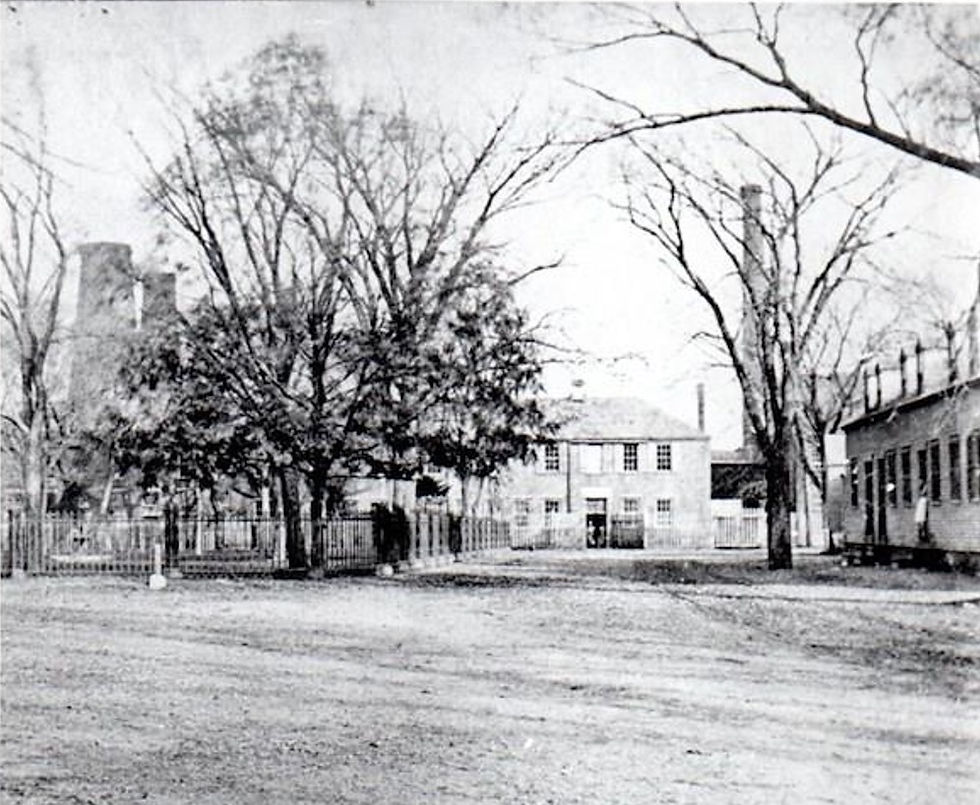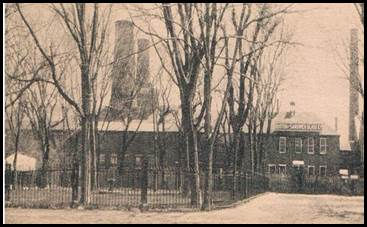An Historic Tourist Destination
- Kaethe Maguire
- May 16, 2024
- 4 min read
Updated: Jul 10
I spent every childhood summer at my great grandparents’ house on Eel Pond in Woods Hole, where my mother grew up. I never once visited Sandwich until 1973, when my husband Edward’s second brother married an East Sandwich Hoxie. But one look at the village with all its obvious history, did it for me, and I wanted to live here.
When I review the history of Sandwich, I think of a sleeping gem that was not discovered for a few hundred years. I mean it is one of the oldest towns in the whole country, is it not? People had been visiting other Cape villages and the Town of Plymouth for years. But the historical attractions found in Sandwich were not discovered by the public until more recently.
I do think Sandwich may have been overlooked in some part because the town for many years may have been ambivalent about promoting tourism. Oh yes, as early as the 1800s men came to hunt and fish, often staying at The Central House (now known as the Dan’l Webster Inn).
But as the years passed and the Cape became a tourist destination, Sandwich seemed content to stay as it was. After all, the south side of the Cape, with its warm water and sandy beaches, was a real draw. How could we compete with that? Who would want our cold water and rocky beaches?
However, by the 1950s the town began to realize that its many ancient historical structures were indeed valuable, not only to our town but to the country as well. Could there be more to generating tourism than offering warm water and sandy beaches?


In 1958 a restoration project began of the Dexter Grist Mill and the Hoxie House, which had not been lived in for some years and dated back to about 1672. The land was originally given to the minister John Smith by the town for a home for his family, which included 13 children. Prior to that, Sandwich had been without a minister for some time. The property remained in the Smith Family for approximately 185 years until 1857, when Abraham Hoxie bought it from the estate of Bertia Smith. Hoxie then lived in the house until his death in 1888—a total of 31 years, a mere blip of time. (I am still hoping someday the Select Board sees its way to appropriately rename this now restored/renovated structure as the Smith Hoxie House.)


In the 1960s and 1970s there was important legislation passed by Congress that served to help towns seeking to protect historical assets. The first, the National Historic Preservation Act of 1966, was greatly encouraged by the Kennedy Administration and Jacqueline Bouvier Kennedy. And then in 1974, the US Congress passed the Historic Preservation Act, which preserved archeological objects and sites. In 1979, the Preservation Act added more protection with the requirement of what is called a 106 Review on any historic site before any reconstruction or tearing down could occur.
Sadly, even with these protections there have been historic homes that were demolished over the years. However, in my view, it was the demolition of a Nye Family house in 1971 on the grounds of what is now Heritage Museums and Gardens that set off the alarm for our local historian, Russell A. Lovell. Thankfully, Lovell understood the mechanisms then available to bolster the town’s efforts to preserve historic Sandwich. By 1971 the Sandwich Historical Commission was established.
It was a pivotal year—1973. Largely through the work of Sandwich native Bob Ellis, our Town Archives was established. By then, many in town now recognized the importance and value of our historical assets. And when our townspeople had the opportunity at Town Meeting to join the Regional Historic District created by the state Legislature, the vote passed.
That year was a big year for preservation of spaces, too. The Massachusetts Scenic Road act (MGL Chapter 405, Section 15C) helped to preserve vistas that naturally enhanced the beauty of a town. Sandwich acknowledged that it was not just structures that made the town so attractive, and as a result many streets have been designated as Scenic Roads. For a complete list of our Scenic Roads, simply google Sandwich Scenic Roads. And currently the Sandwich Tree and Landscape Committee is in the process of working with the state to designate some of our giant trees as Legacy Trees. This designation is based on the size, age and historical significance of the tree.
I also want to acknowledge some of the nonprofit organizations in town that have contributed greatly over the years to preserving their historical structures. The Sandwich Women’s Club under the leadership of Ms. Nancy Titcomb saved the Deacon-Eldred House on Shawme Pond; the Nye Family of America Association guided by Curator Rosanna Cullity restored the late 1678 Nye Homestead on Old County Road; and the Wing Fort House originally built in 1641 on Spring Hill Road has also been restored with the support of the Wing Family of America Association. Most recently, after much research by house caretaker David S. Wheelock, it has been repainted to the color it would have originally been in the pre-Revolutionary era.
It’s certainly been an ever-evolving journey of self-realization for the town: from a sleeping gem to a town that has become a tourist destination, thanks to the efforts and wisdom of our town and residents in preserving, protecting and promoting its rich history.
Kaethe Maguire is a member of the Friends of the Sandwich Town Archives, a dedicated, all-volunteer, 501(c)(3) nonprofit committed to supporting and promoting the archives’ collections and the rich, diverse history of the town of Sandwich.





Comments